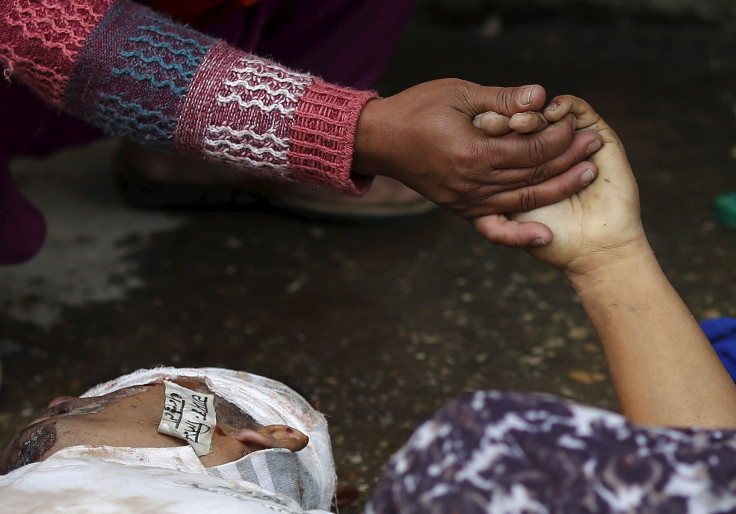'Nightmare Waiting To Happen': Experts Predicted Nepal Earthquake Devastations Long Back

A Cambridge University professor said that he had feared about a massive earthquake having a devastating effect on Nepal. He was one of the 50 earthquake specialists who had attended a seminar on how to prepare for earthquake in Kathmandu last week.
James Jackson said that he thought Nepal was “heading for trouble” when he walked through the area where a massive 7.9-magnitude earthquake had occurred on Saturday. According to the head of the earth sciences department at the university, buildings kill people not earthquakes.
Scientists have been concerned about Nepal because of its unsteady concrete construction, sloppy building regulations and extremely high population densities. Jackson, a lead scientist for “Earthquakes Without Frontiers,” said that the death of thousands of people in Nepal due to the Saturday earthquake was exactly what the scientists had feared about. “It was sort of a nightmare waiting to happen,” Jackson said.
While the government has tried improving construction and having stricter building enforcement regulations, Nepal’s progress is slowed down by corruption and poverty. Jackson said that people living in the Kathmandu Valley would have other priorities like water quality, air quality, traffic, pollution and poverty. However, they still have to be prepared for earthquakes, he said.
GeoHazards International said in a report in April about the rising risks for those living in the Kathmandu Valley. According to the report, a person living in Kathmandu is about nine times more likely to be killed by an earthquake than a person living in Islamabad and about 60 times more likely than a person living in Tokyo.
GeoHazards’ Southeast Asia regional coordinator Hari Ghi said that Nepal had been aware of a future problem but it did not know where to start as it was quite large. The primary concern of the country is its complicated geology, fast growing urban area and lack of earthquake safety standards.
More than 2,500 people have been killed so far in the Nepal earthquake. The number of deaths has been rising sharply as the digging process is going on. Vinod Kumar Gaur said in 2013 that, according to calculations, there was sufficient accumulated energy to produce an 8-magnitude earthquake. The seismologist with the Center for Mathematical Modelling and Computer Simulation predicted that it would happen sooner or later in the century.
Contact the writer: s.mukhopadhyay@ibtimes.com.au





















